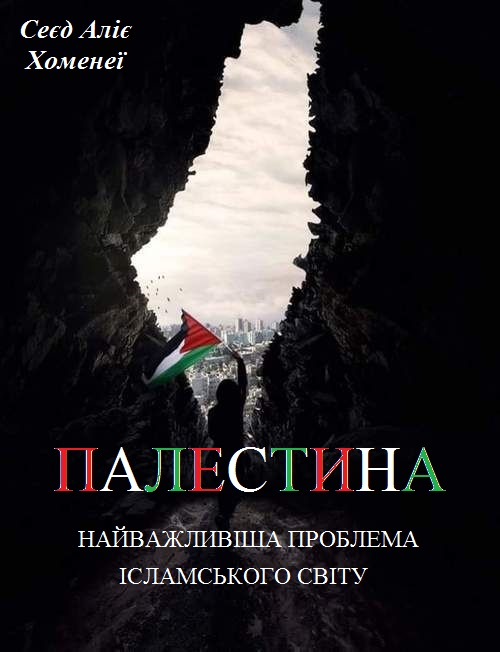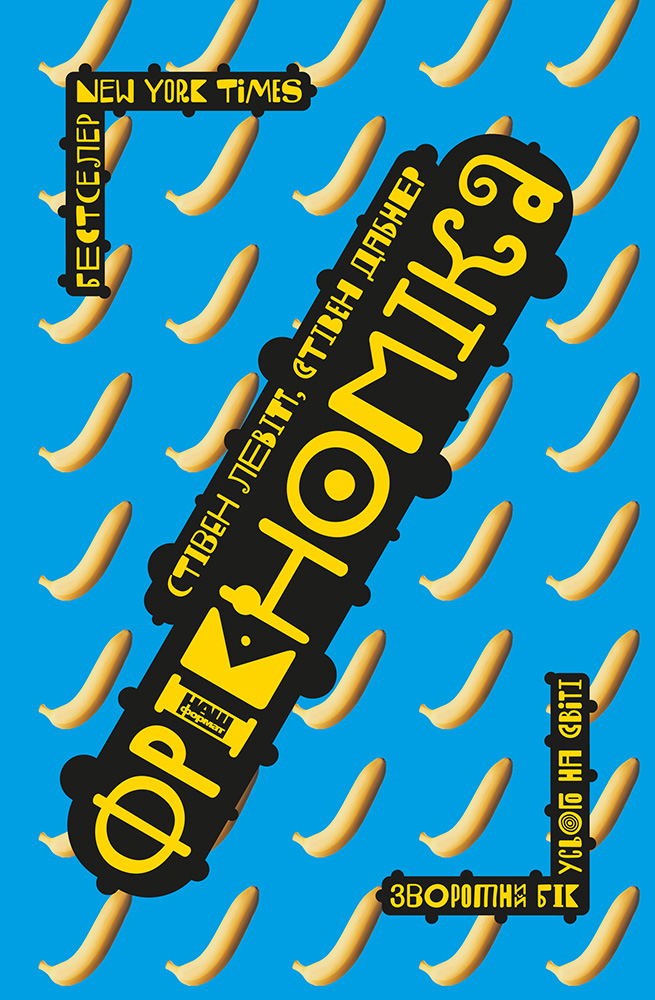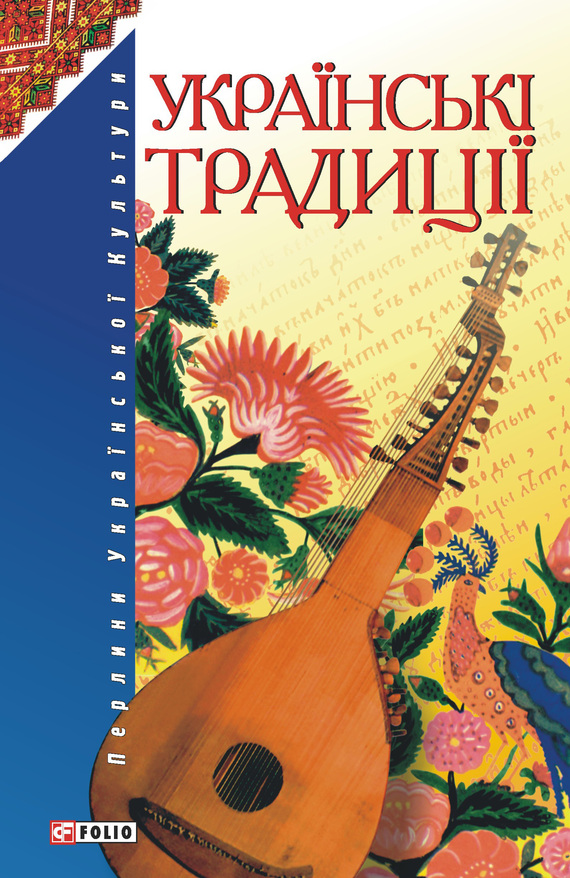Читати книгу - "Genghis Khan and the Making of the Modern World"
Шрифт:
Інтервал:
Добавити в закладку:
Traditional armies moved in long columns of men marching the same route with their large supplies of food following them. By contrast, the Mongol army spread out over a vast area to provide sufficient pasture for the animals and to maximize hunting opportunities for the soldiers. Genghis Khan moved at the center, flanked by the Army of the Right to the west and the Army of the Left to the east. A smaller unit took positions as advance guard and another as guard of the rear, where the Mongols also carried their reserve animals. The decimal organization of Genghis Khan’s army made it highly mutable and mobile. Each unit of ten thousand functioned like a miniature version of Genghis Khan’s camp. The commander of ten thousand moved at the center of his unit of one thousand, and he stationed the other nine units around him—to the left, the right, the back, and the front—as needed. Rather than a hierarchy of military units, Genghis Khan organized his men into a set of concentric circles.
Although the Mongols moved their military camps frequently, the central camp for each unit was laid out in a precise pattern so that newly arriving soldiers always knew where to report and how to find whatever they needed. Each Mongol unit of one thousand traveled with its own medical unit, usually composed of Chinese doctors, to care for the sick and wounded. The tents were lined up in specific formations, each formation with its name and purpose, and even the insides of the tents were arranged in precisely the same way. After a day of travel, fighting, or hunting, the army camped with the officers at the center of the camp surrounded by guards and other soldiers. At night, horses were kept ready in case they might be needed, and a perimeter was set up at the edge of the camp.
By contrast to the well-structured and neatly organized center of the camp, most of the common warriors broke up into their small bands and spread out over the countryside to camp at night. At dusk they made small fires, preferably when it was too light for the fire to show up clearly at a distance, yet too dark for the smoke to be seen from very far away. With the fire, they quickly prepared their only hot meal of the day. After eating, they did not linger or sleep by the fire; they dispersed into yet smaller groups of three to five men who slept in hidden recesses spread throughout the area. As soon as daylight broke the next morning, they began the day with a careful reconnaissance of the right, the left, the back, and the front.
With his men spread out over such a large area, communications became more important, yet more difficult. Conventional armies moved and camped in massive columns, and the commanders could easily communicate with one another through written messages. For the Mongols, the troops were more spread out, and even the officers were illiterate. All communication at every level had to be oral, not written. Orders moved by word of mouth from man to man. The problem with an oral system of communication lay in the accuracy of the message; the message had to be repeated precisely each time to each person and then remembered exactly as spoken. To ensure accurate memorization, the officers composed their orders in rhyme, using a standardized system known to every soldier. The Mongol warriors used a set of fixed melodies and poetic styles into which various words could be improvised according to the meaning of the message. For a soldier, hearing the message was like learning a new verse to a song that he already knew.
The soldiers, like bands of riders on the steppe still do today, frequently sang as they rode in their small groups. In addition to singing about what soldiers always sing about—home, women, and fighting—the Mongol soldiers sang their laws and rules of conduct, which had also been set to music so that every man might know them. By memorizing the laws and constantly practicing the format of their message-songs, every man was ready, at any moment’s notice, to learn a new message, in the form of a new verse to these well-rehearsed songs, and take it where ordered.
Despite the disadvantages of fighting on alien land outnumbered by enemies, Genghis Khan had the advantage of lessons learned from a lifetime of warfare, and he knew his troops and his officers intimately. He had fought with many of them for more than a quarter of a century, and a few of the generals, such as Boorchu and Jelme, had been with him for nearly forty years. He knew that he could trust them on long campaigns far away from his oversight. He also understood each general’s strengths and weaknesses. Jebe, one of his commanders, would fight fast and furiously, taking unusual chances and inspiring resolute courage among his men in battle; while Muhali, another commander, moved slowly and methodically but could sustain longer and broader assignments.
The Mongols, no matter how rigorous their training, how precise their discipline, or how determined their will, could not conquer fortified cities by conventional warfare. In facing the Jurched, Genghis Khan employed the basic strategy of his earlier steppe wars by trying to win the battle before the first arrow was shot across the battlefield, to defeat the enemy by first creating confusion and then instilling fear to break his spirit. Because the Mongols initially lacked the weapons or knowledge to break down the massive city walls, they wreaked havoc in the surrounding countryside and then disappeared, only to reappear again just when it seemed that the city was
Увага!
Сайт зберігає кукі вашого браузера. Ви зможете в будь-який момент зробити закладку та продовжити читання книги «Genghis Khan and the Making of the Modern World», після закриття браузера.




